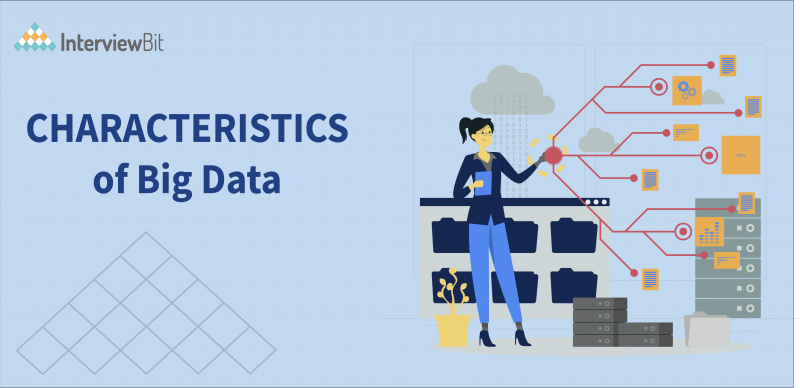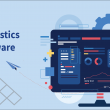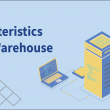The world is rapidly changing, and let’s be honest, we are incapable of stopping it. There is a data revolution happening right now, and it is affecting our daily lives. Our everyday activities generate data that influences our online profiles, as well as creates and predicts user demands. Big Data is the term for this massive amount of data. It has become a new source of revenue for certain organizations that sell it to other businesses–these companies buy data from social media, Google Ads, and other sources and use it to build extremely effective ad campaigns for their paying clients.
Big data isn’t a new idea, but it’s one that’s been driven into the mainstream of business as storage prices have grown more inexpensive and internet firms have expanded. Data is the information gathered from practically every part of your life, including credit card transactions, social media posts and interactions, search results, location data, purchases, and travel history. All of this information can be collected and used to develop a personalized profile for you. Thanks to the expansion of online businesses, more data is available than ever before. Some refer to it as big data, while others refer to it as information overload, whereas for people working in the industry, it’s a “job”.
Let’s learn a little more about big data.
Confused about your next job?
What is Big Data?
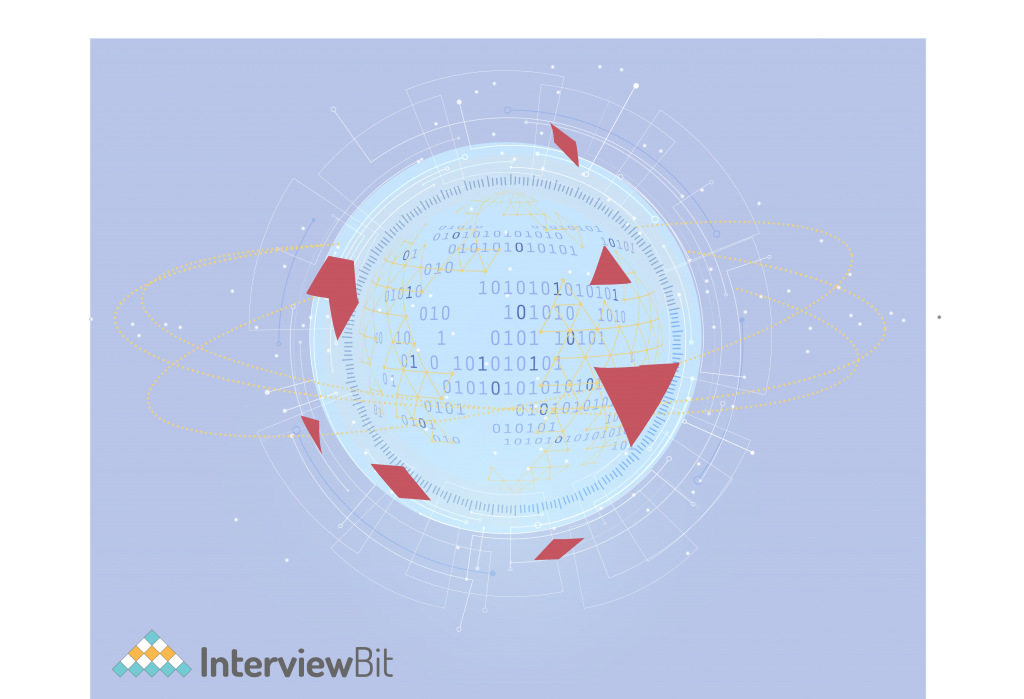
Every day, businesses accumulate more data. Big data is a field that deals with methods for analyzing, methodically extracting information from, or otherwise dealing with data volumes that are too large or diverse for traditional data-processing methods to handle. It deals with massive amounts of data sets that are too large to handle in order to extract real-world business value. Obtaining and storing massive amounts of data for analytics has a rich history. However, in the early 2000s, the concept of big data began to gain attention. The volume of data accessible isn’t the only factor that determines the value of big data. How you use it determines its value.
Big data has a lot of volumes, a lot of velocities, and a lot of variation (we are going to discuss these in detail in the next section). Artificial intelligence (AI), the Internet of Things (IoT), mobile devices, social media, etc., are forcing data sources to become more complicated than traditional data sources (IoT). Sensors, devices, video/audio, networks, log files, transactional programs, the web, and social media, for example, all generate various sorts of data, much of it in real time and on a massive scale. Big data analytics can aid in the making of better and quicker decisions, the modelling and forecasting of future consequences, and the improvement of business intelligence.
Why Big Data?
Companies use Big Data to improve their marketing efforts and techniques. They use it to train machines in machine learning projects, predictive modelling, and other advanced analytics applications. Businesses use Big Data to figure out what their customers want, who their core customers are, and why they buy particular products. Finance and banking, healthcare, education, government, retail, manufacturing, and a variety of other industries are all using big data. These industries use Big Data because it helps them to:
- Understand their customer
- Provide targeted promotions
- Optimize the workforce and save cost and time
- Forecast market trends
- Take efficient decisions
- Boost customer acquisition and retention
- Innovate and revamp their products
What are the Characteristics of Big Data?
1. The Volume
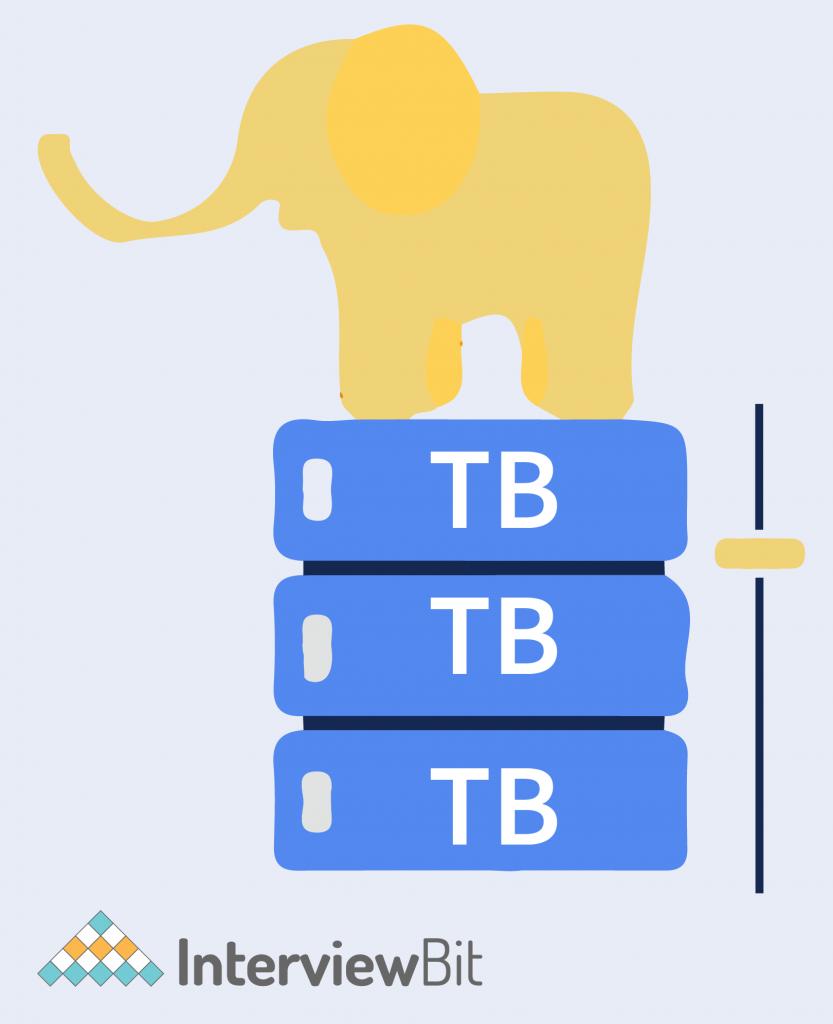
Volume refers to the massive amounts of data (we are talking about petabytes of data) that are collected and generated every second. For example, Walmart deals with data of about 1 million customer transactions every hour, which amounts to about 2.5 petabytes of data. This information comes from different sources, including IoT devices, social media, videos, financial transactions, and customer records. We keep track of everything, including environmental data, financial data, medical data, surveillance data, and so on. Take Amazon, for example, which gathers information from users as they explore the site, such as the amount of time they spend on each page. External databases, such as census data, are also used by the retailer to acquire demographic information. There’s even more data now than there has ever been. As the term “Big Data” suggests, businesses have to deal with massive amounts of data. The data overwhelm organizations that don’t know how to manage it. However, with the correct technology platform, practically all the data can be analyzed.
Previously, storing and analyzing this massive volume of data was a challenge. However, distributed systems like Hadoop are now being utilized to organize data from all of these sources.
2. Variety

It refers to the various types of data sources and their characteristics. Over time, the data sources have shifted. Previously, it could only be found in spreadsheets and databases. Data can now be found in the form of photographs, audio files, videos, text files, and PDFs. Furthermore, it can be structured, unstructured, and semi-structured.
Plainly stated, variety refers to a fundamental change in analytical requirements from traditionally organized data toward raw, semi-structured, and unstructured data as part of the decision-making and insight process. Traditional analytic platforms are incapable of handling a wide variety of data.
3. Veracity

The term “veracity” refers to the data’s degree of reliability. Because a large portion of the data is unstructured and irrelevant, Big Data must find another way to filter out the irrelevant data and handle the rest. Improving the accuracy of big data involves removing bias, irregularities or inconsistencies, duplication, and volatility, to name a few variables. Improving the accuracy of big data involves removing bias, irregularities or inconsistencies, duplication, and volatility, to name a few factors. Data from a medical experiment or trial is an example of a high-veracity data set. It needs to be free of all inconsistencies or redundancies. Popular cloud storage devices also have to maintain a high level of veracity.
4. Velocity
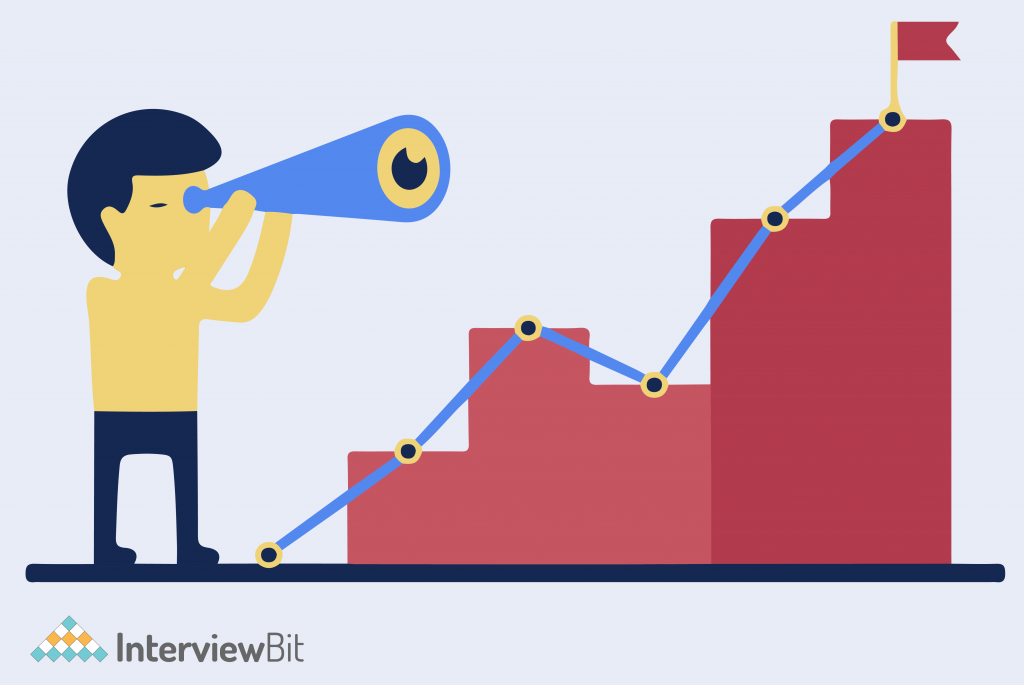
The rate at which data is created or generated is referred to as “velocity”. This rate is closely related to the rate at which it is processed. This is because the data can only meet the demands of the clients/users once it has been analyzed and processed. It is the pace at which data flows from sources such as application logs, business processes, networks, social media sites, sensors, mobile devices, electronic gadgets, and so on. In order to accommodate the ever-increasing rate of data, Data scientists have to formulate new ways of solving problems.
5. Value

Value is likely the most essential of Big Data’s features. It doesn’t matter how quickly or how much data is generated; it has to be reliable and valuable. Or else, the data is inadequate for processing or analysis.
Raw data is initially converted into information by data scientists. The data is then cleansed to extract the most important information. This data set is subjected to analysis and pattern recognition. The data can be considered valuable if it serves a purpose and has various business use cases.
Conclusion
Big Data is a game-changer in today’s world, where the amount of data that is generated on a daily basis is gigantic. The process of extracting something meaningful and useful from the pile of data, which may appear cluttered to any normal individual, is the core of Big Data. It has aided the evolution of businesses by opening up new ways of thinking. We can now look at a variety of data kinds that were previously unexploited thanks to Big Data. Businesses today use a variety of data to help them expand. I hope that this article has given you a better understanding of Big Data and its characteristics.
Frequently Asked Questions
Q.1: What are the Advantages of Big Data?
Ans: The following are some benefits of big data:
- Big Data Analytics provides critical insights into customer behaviour and market trends, allowing companies to assess their position and advancement.
- It helps in product development and innovation
- Improves decision-making
- Enhances customer experience
- Platforms can use big data to deliver customized items to their target market.
Q.2: What is the impact of big data?
Ans: The impact of Big Data on businesses and society overall has been huge. Some of them are:
- It has revolutionized the old-school business model
- It has changed the way we see and use data
- It has improved the customer experience
- It has created a demand for experienced data scientists, big data engineers, and analysts.
- Big data impacts companies, which in turn impacts the economy, society, and big data technologies.
Q.3: What are examples of big data?
- Amazon collects a lot of information about its users. They keep track of what consumers buy, how frequently (and for how long) they visit the site, and even product reviews (for sentiment analysis). Amazon can even draw conclusions about a person’s income based on their billing address. Amazon can develop highly specific, segmented user profiles by combining all of this data from millions of users.
- The healthcare industry makes use of big data to track patient health records. They keep track of data collected through wearables and past ailments in order to better treat their patients.
- In education, big data is used to reduce dropout rates and improve the learning experience.


